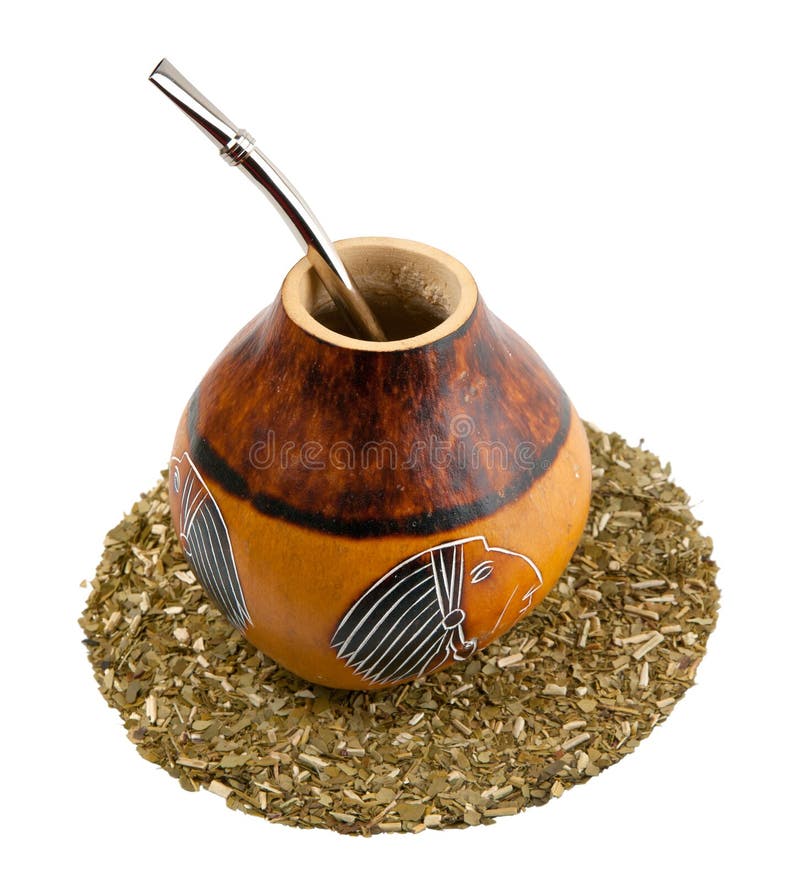
Much more research is needed into the effects of consuming yerba mate before these claims can be 100% proven.Ĭontaining 85 mg of caffeine per cup (around the same as a standard can of Red Bull), mate will make you feel less tired and increase your energy levels as a result. Whilst this article has been thoroughly researched, it is important to recognise that the following health claims are just that, claims. Health Benefits of Yerba Mateĭisclaimer: The team at South America Backpacker are not doctors or nutritionists. Argentina consumes the most yerba mate of any country in the world. It even went as far as to reestablish the plantations in the Misiones province that the Jesuits had started all those years earlier.Ĭlaims to be the world’s largest modern-day mate producer vary, with some sources saying Brazil produce the most and others claiming Argentina holds the crown.

Argentina continued to consume the most mate of any other country and eventually fought its way back to being the top producer. However, in the 1930s, Brazil decided it was going to focus its attention on coffee. As a result, Brazil became the number one producer.īrazil and Argentina continued to domesticate yerba mate plantations into the early 20th century. This meant that financially, it was no longer viable to produce such quantities of mate. Whilst the production of mate was still hugely important to Paraguay, the Paraguayan War devastated the country. After the banishment of the Jesuits in the 1770s, their plantations fell into ruin. This sparked a trade war between the Paraguayans and the Argentinians. In the 1650s, Jesuits began to organise plantations in the Misiones province in Argentina. At this time, mate became the major commodity in Paraguay. As a result of Spanish colonisation, mate spread to Paraguay in the late 1500s before reaching Argentina around a hundred years later.

Mate is believed to have originated in the south of Brazil where it was traditionally consumed by the indigenous population.

Somewhat confusingly, the container or gourd that the mate drink is served in, is also referred to as mate. However, in Paraguay, guampa (hollowed out bulls horn) is also a popular choice of mate cup. The drink is served in an ornate mate cup, which is commonly made from wood, glass or Calabash gourd (a type of plant). Chances are it is unlike any drink you’ve ever tried before! It is made by drying out the leaves of the yerba mate plant and then soaking them in hot water.

Mate has an earthy taste which is somewhat bitter. It is popular in the South American countries of Uruguay, Paraguay, Argentina and it is also consumed in some areas of Brazil. Also known as yerba mate, cimarrón and chimarrão, mate is a hugely popular caffeine-infused drink.


 0 kommentar(er)
0 kommentar(er)
